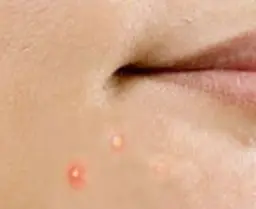
Since black skin has its own characteristics, it is essential to know how it works to take care of it properly. Knowing your skin from the inside is crucial to make the right cosmetic choices.
From a structural standpoint, black skins are similar to Caucasian skins, except for a few details.
They are obviously also a protective organ, but if they are not thicker, they are denser: this can be seen with their stratum corneum, which is composed of 12 layers, while that of a Caucasian individual only has eight. The dermis is more solid and compact.
Dark skins naturally receive more sun, i.e. infrared rays, so they are structured in such a way that that they lose less water. This function is clearly visible inside the dermis: the cells are more joined. Moreover, the stratum corneum is richer in lipids and produces more hydrolipidic film, an additional protection against water evaporation.
On top of that, sweat glands – responsible for perspiration – are a bit bigger and more numerous: black skins are adapted to absorb more infrared rays, and the heat of their environment requires more efficient thermoregulation – perspiration should be more abundant. Their black colour also amplifies the infrared absorption phenomenon.
Pigmentation
When they are exposed to the sun, Caucasian skin melanocytes produce melanin, which is responsible for skin colouration: keratinocytes catch UV rays and pass on a message to melanocytes to …














